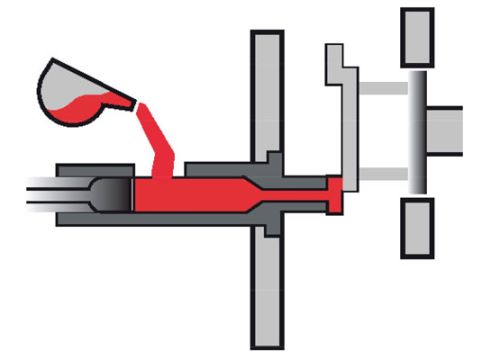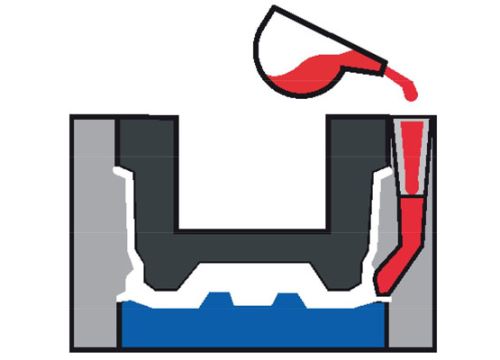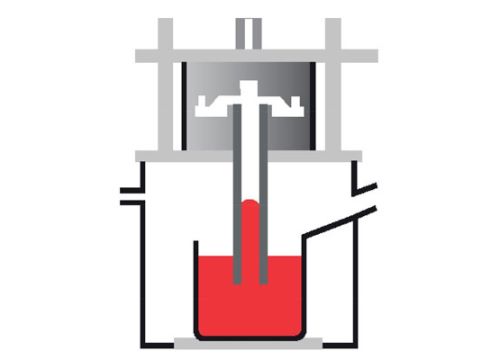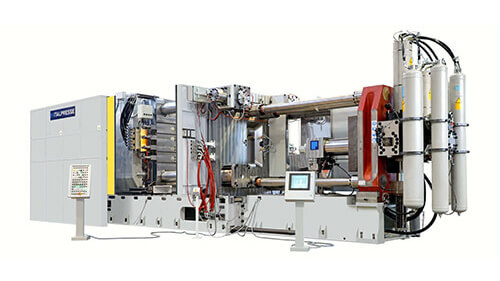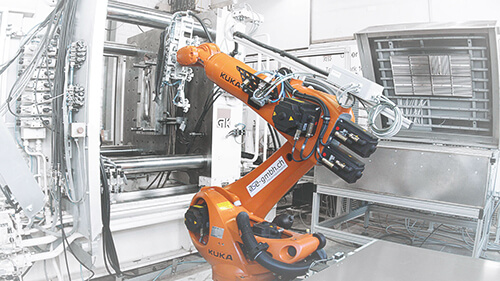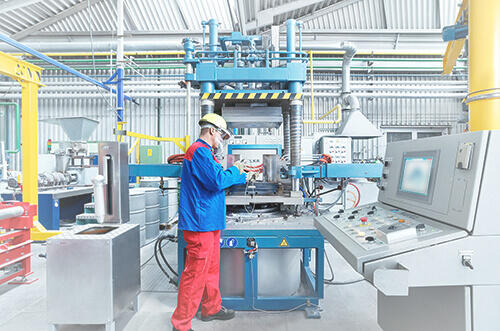Light alloy die casting processes explained
While the ability to reduce physical weight has been a key driver behind increased demand for aluminium and other light alloy parts in recent years – properties including electrical and thermal conductivity, mechanical strength, corrosion and resistance are also attracting the attention of manufacturers in a multitude of industries.
Due to this unique range of characteristics, light metal can be used to cast complex, safety-critical components in automotive, electronics and aerospace. It also offers a cost-effective production option for simple parts from lighting components to kitchen tools.
To produce light alloy castings, three of the most common technologies are: high pressure die casting, gravity die casting and low pressure die casting. Each technology can support permanent casting process with gravity and low pressure also able to support semi-permanent casting processes.
In a permanent process, the metal die (mould) is re-usable. In a semi-permanent casting process, the metal die also incorporates one or more sand cores that will form internal passages within the final casting.
The main advantage of both permanent and semi-permanent casting is the suitability for process automation and large-scale production, making the techniques popular with high volume manufacturers.
Depending on the application, alloy part specifications can vary widely, from geometric complexity and wall thickness to metal density and strength. All of these, along with production speed and cost per item, determine which combination of casting technology and process foundries choose.
What is high pressure die casting, gravity die casting and low pressure die casting?
What is high pressure die casting (HPDC)?
What is gravity die casting (GDC)?
What is low pressure die casting (LPDC)?
Browse our die casting solutions below:
High pressure die casting machines
Automated die casting cells
Gravity die casting machines and cells
Low pressure die casting machines
FOR MORE INFORMATION
Write to us an email to info@nsdvn.com and our team will contact you. We would like to give you the best solution.
Contact us
Write to us an email to info@nsdvn.com and our team will contact you. We would like to give you the best solution.
Contact us
